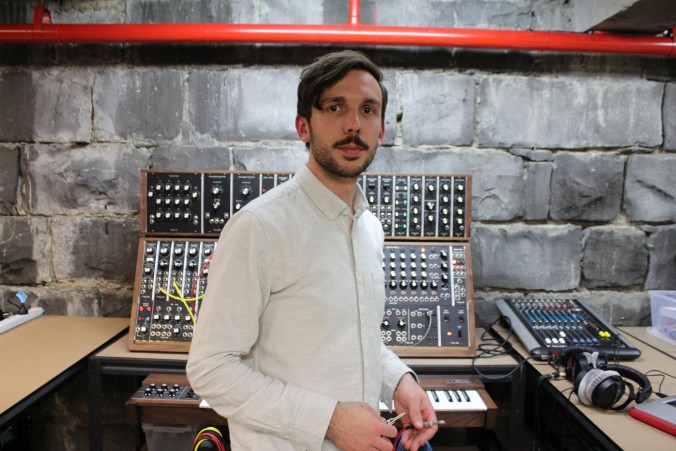I didn’t really think about following generic narrative structure within my creative portrait until we began to cover it in class, but I guess I would have accidentally attempted to do it anyway. Narrative seems to be one of those things that you become blind to because you see it too much, so it’s important to have guides like the one below that help you make sure your narrative is on point.
- What is the ‘controlling idea’ (Robert McKee) of your portrait?
My interviewee has been a musician since a young age. This passion for music has essentially consumed the majority of their life, thus leading to an obsession with music in general. My interviewee now plays in various bands that have completed world tours and has a strong passion for Ethnomusicology and more specifically Ethiopian music.
- How is your portrait film structured?
My film is structured as a past to present piece. We begin with the earliest aspects of information, then move to what the subject is doing currently. This builds somewhat in momentum and excitement as we get to more interesting parts of the narrative. There’s an overall realization or summation sentence at the end of the piece, that leaves audiences on a high note.
- What do you want your audience to make of your interviewee?
I want my audience to understand them as a person and most importantly possibly respect or admire their dedication. My interviewee is a kind of ‘old soul’ or an image of man that no longer exists, or at least doesn’t exist in the same scale that it used to: a musician completely dedicated to their craft rather than a person who happens to play music.
- How is your portrait being narrated?
My portrait is not narrated at all, there’s actually no other voice in the piece a part from Chris’s. I think this works to add to idea of ‘obsession’ or ‘dedication’. As audience members all we hear is “I’ve been playing music since..”, “I love jazz because.”, “I play a lot of instruments”, this constant information about music being supplied to us purely by Chris makes the audience think “oh I can see that he is definitely into this music stuff..”. If the questions, or if narration had been supplied I think it would undercut the idea of obsession, it would add almost too much structure to the piece, that could make it seem as if what we’re talking about is controlled by the interviewee or narrator rather than by Chris purely saying or choosing what he says on his own accord.
- What role will the ‘found footage’ play in your portrait?
Found footage will reinforce the points that Chris is making visually, adding clarity to statements as well as compound the visual and auditory message that ‘this guy is all about music’.
- Does your portrait have a dramatic turning point?
Overall there might not be one main dramatic turning point, but rather multiple, less dramatic moments of emotional intensity or revelation. First we hear about Chris’s life very generally at the beginning. Then second we turn to images of him in more intimate moments (like softly playing bass in his studio or reflecting on his love for various musical instruments). Then thirdly we go loudly headfirst into his love for Ethiopian music. Then finally end on a high note, where Chris talks about what continues to inspire him and his happiness with the state of the global music scene.
- When does this turning point occur in your portrait and why?
Overall we have about three dramatic turning points or points of emotional intensity, that occur roughly ¼, ½, ¾ of the way through the piece.
- How does your portrait gather and maintain momentum?
As discussed above I think the flow of topics discussed adds momentum to the piece. The piece also builds up momentum by revealing exciting details such as Chris’s tour of Africa, his inherent passion for Ethiopian music and his excitement regarding interchange within the global music scene.
- Where will your portrait’s dramatic tension come from?
I think the dramatic tension in the piece comes from the gradual exploration of an overall topic.
- Does the portrait have a climax and/or resolution? Outline them.
The portraits climax is halfway through the piece when we learn about BJX and Chris’s tour of Africa and the resolution comes right at the end of the piece where Chris talks about his excitement regarding the current state of the global music scene.
Catch you later,
Louise Alice Wilson


Leave a Reply